The Independent's journalism is supported by our readers. When you purchase through links on our site, we may earn commission.
Why I spent three years living in the Cayman Islands
It involves paddleboard pub crawls, rum punch and boat parties
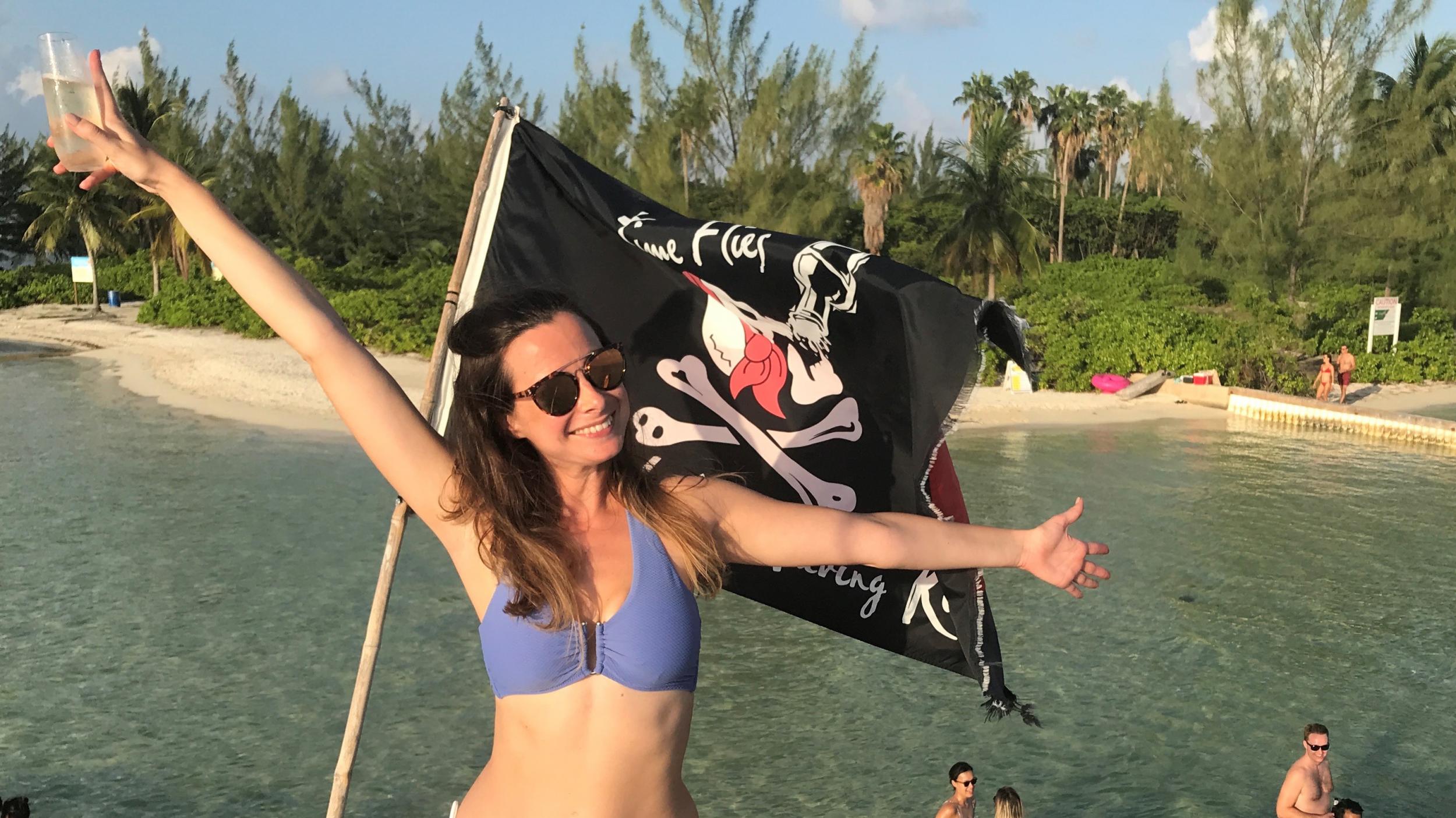
Your support helps us to tell the story
From reproductive rights to climate change to Big Tech, The Independent is on the ground when the story is developing. Whether it's investigating the financials of Elon Musk's pro-Trump PAC or producing our latest documentary, 'The A Word', which shines a light on the American women fighting for reproductive rights, we know how important it is to parse out the facts from the messaging.
At such a critical moment in US history, we need reporters on the ground. Your donation allows us to keep sending journalists to speak to both sides of the story.
The Independent is trusted by Americans across the entire political spectrum. And unlike many other quality news outlets, we choose not to lock Americans out of our reporting and analysis with paywalls. We believe quality journalism should be available to everyone, paid for by those who can afford it.
Your support makes all the difference.Tropical beaches, no tax – as job adverts go, it’s a compelling one.
This mainstream image of balmy weather and shady finances was pretty much all we knew about the Cayman Islands when, back in summer 2016, my partner and I packed up our London life and boarded a one-way flight to Owen Roberts International. Like many of our peers, we fancied a “last hurrah” before life supposedly got serious with child-rearing and house-buying. My 30th birthday loomed on the horizon: why not obscure the view with some palm trees?
Google Maps revealed Grand Cayman to be a spit of land shaped like elongated ‘L’, dwarfed by neighbouring Jamaica and Cuba; the two sister islands, Cayman Brac and Little Cayman, didn’t even show up without some extreme zooming in. Swathes of turquoise sea flooded my laptop screen, with a smattering of stingrays and sunsets. We watched Tom Cruise bust a money-laundering scam in The Firm, and read that Cayman has more registered companies than people.
Perhaps I wondered briefly if this meant we’d be swept up in a haze of mega-yachts and Armand de Brignac, or embroiled in some sinister money laundering. But more pressing in my mind were the normal things you’d wonder when moving abroad anywhere: would I make friends? Enjoy my job? Would I fall in love with the place, or scuttle back tail between my legs in two months’ time?
This is what it’s like to live on a desert island.
English-ish
Life “on the rock”, as residents call Grand Cayman, turned out to be a hybrid of laidback Caribbean culture, English home comforts and Americana.
It is a British overseas territory, with a governor appointed from Whitehall, and a portrait of the Queen greets arrivals in the airport. They drive on the left and Waitrose products line supermarket shelves (albeit for a colossal mark-up: hummus, to use the world’s most middle-class price comparison index, costs around £6 a tub).
On the other hand, given the number of tourists coming from America, US dollars, not pounds, are accepted alongside the local currency. Portion sizes and the tipping culture are enough to make many Brits’ eyes bulge, and Thanksgiving is a bigger deal than Bonfire Night.
Local cuisine has more of a Jamaican accent – think jerk chicken, rum cake, patties and curried goat – and Carnival each May is the biggest event of the year, when, undaunted by our inability to twerk, expats don skimpy sequined costumes and feathered headdresses, fuelled by rum-based Dutch courage. Come November, Pirates’ Week sees everyone marauding through the streets dressed as some approximation of Long John Silver. And many a time I trotted out of the office, feeling quite at home, only to nearly trip over one of the chickens or green iguanas that roam the streets.
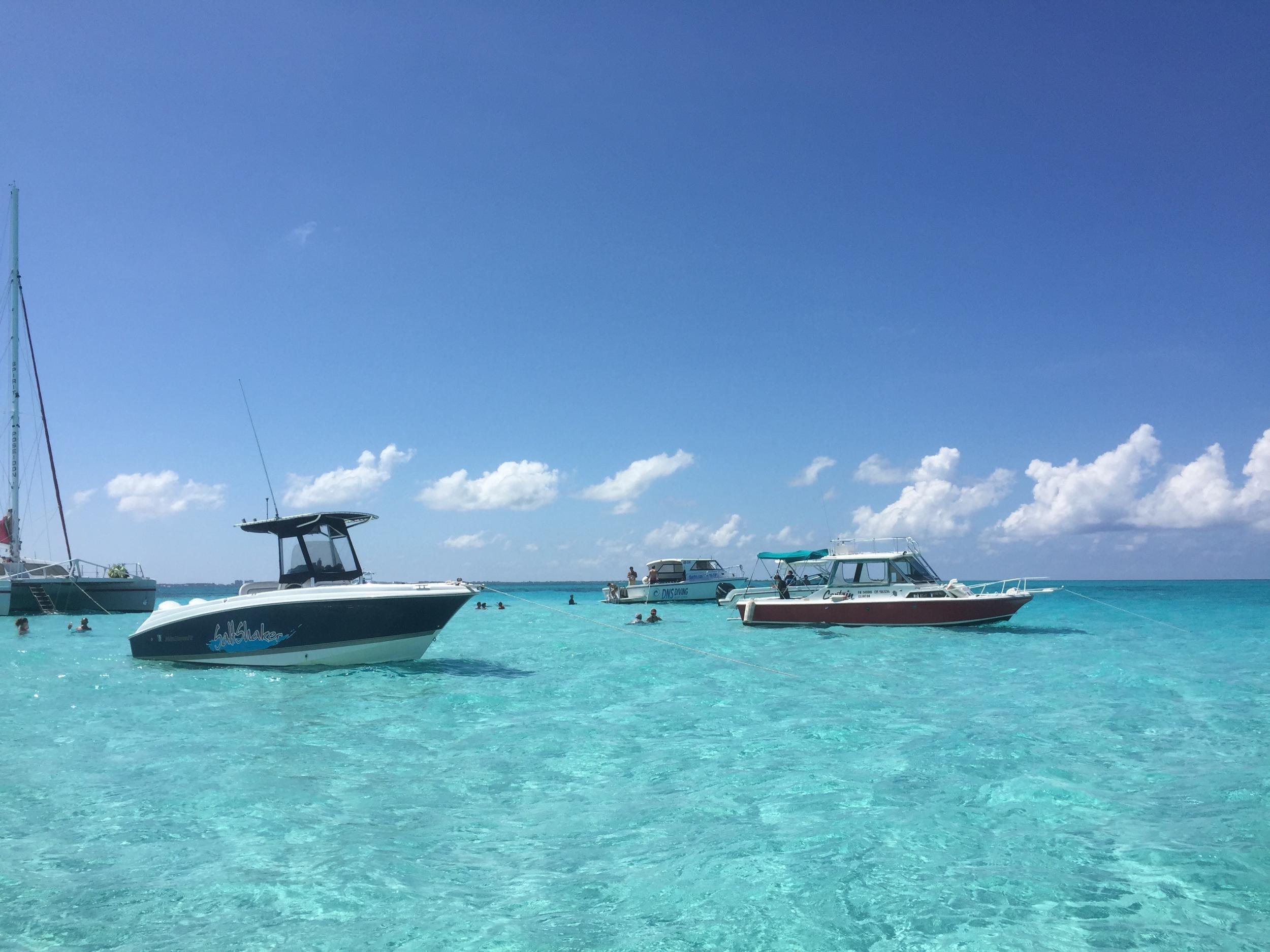
In fact, belying its status in the financial world, Cayman has a provincial, quaint feel. On Sundays, all the shops stay shut and local women don their best hats to worship at little whitewashed churches. The offices of Merrill Lynch, KPMG and PWC stand incongruously among the sherbet-coloured clapboard shopfronts and coconut stalls of Cayman’s capital, George Town.
The manners are old-school, too. In the first week, I jumped half out of my skin when a strange man veered towards me on a bicycle, only for him simply to beam “Good day, Ma’am” and trundle on. Hang on, he was just… being… polite?
Living your #bestlife
There’s no denying it: Cayman’s expat lifestyle is the stuff of Instagram envy. The softest, whitest sand, the clearest water, a readymade gang of photogenic friends who will gladly spend Saturdays frolicking on a catamaran with you, followed by Sundays guzzling prosecco at a bottomless brunch. Since about half Cayman’s population hails from overseas and knows what it’s like to start over, freshly minted work permit in hand, people are unerringly welcoming to new arrivals.

When you’re not boating or brunching, chances are you’ll be sweating it out in the yoga studio, F45 gym class or a beach volleyball tournament, since the expat appetite for fitness just about matches its thirst for strong cocktails – the island specialities being a Mudslide (vodka, Kahlua, Bailey’s Irish Cream and chocolate syrup) and rum punch.
Grand Cayman is flat as a pancake and only 22 miles long, much of it still covered in mangroves. So, attention inevitably turns outwards, to the beaches and waterborne activities, whether it’s a jet-ski safari, night snorkelling in the midst of bioluminescence, scuba diving with nurse sharks and eagle rays, or a paddleboard pub crawl – which isn’t a bad way to celebrate your 31st birthday, take it from me.
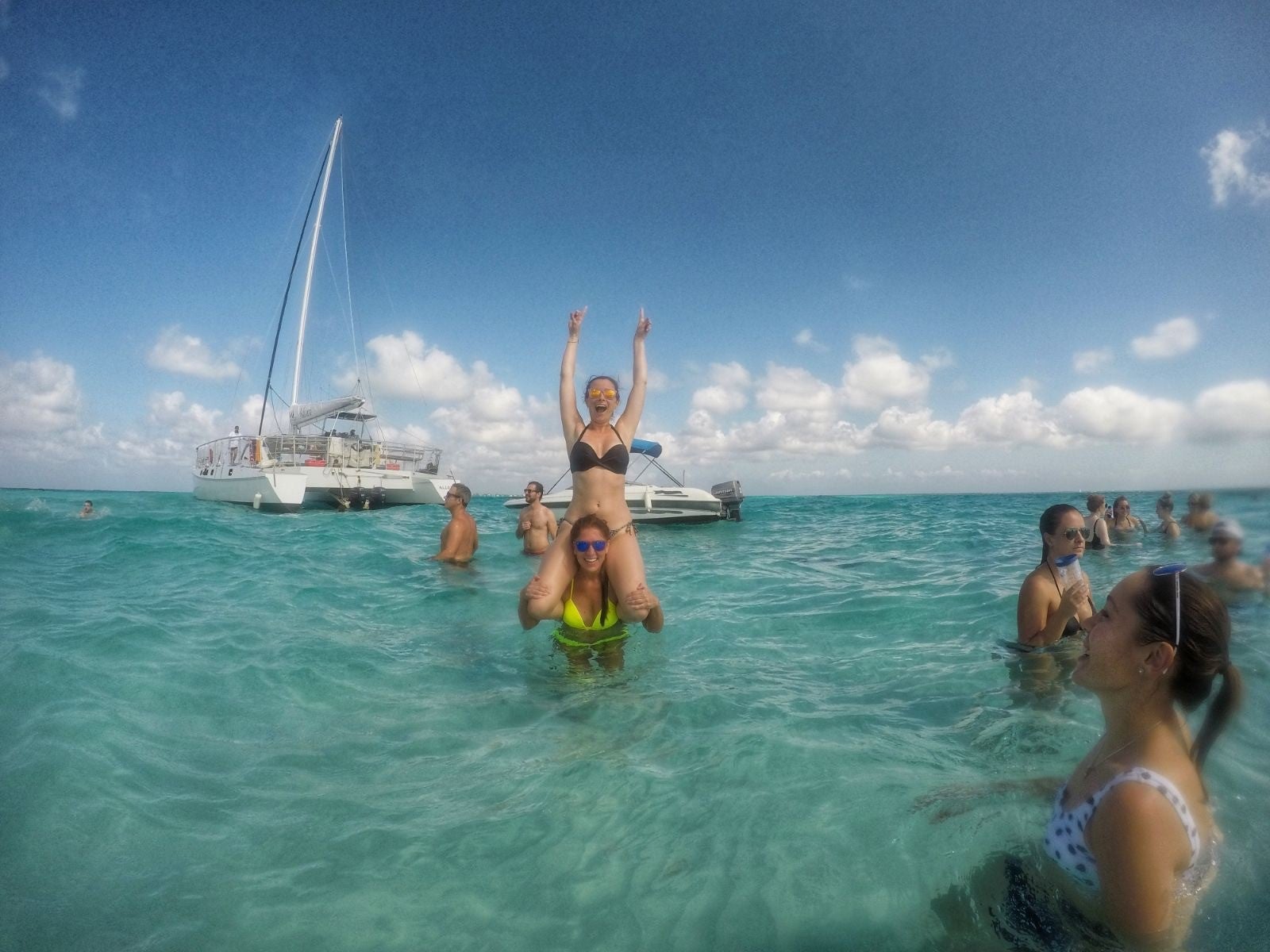
Getting dressed is a doddle: any sort of trend-consciousness flies out the window when it’s 32 degrees every day and the closest Zara is 450 miles away. Denim shorts, flip-flops and sunglasses by local brand Peripheral became my easy capsule wardrobe – although shelling out on a Heidi Klein bikini suddenly seems extremely reasonable on a cost-per-wear basis.
Trouble in paradise?
The hedonistic, close-knit social scene may be a big draw, but it can equally spell trouble.
You could say there’s something worryingly Peter Pan-esque about 40-year-old lawyers overturning golf carts on Friday lunchtimes (then billing the time as “client networking”) or stumbling home barefoot the next day after passing out on a sun lounger.
In the early days, I received several whispered warnings about the “Cayman curse”, referring to the tendency of long-term couples to break up within a few months on-island, presumably due to too many tempting new bodies thrust in their path. Imagine starting university again, only with more disposable income and higher stakes. It’s common to live in the same apartment complex as lots of your friends.
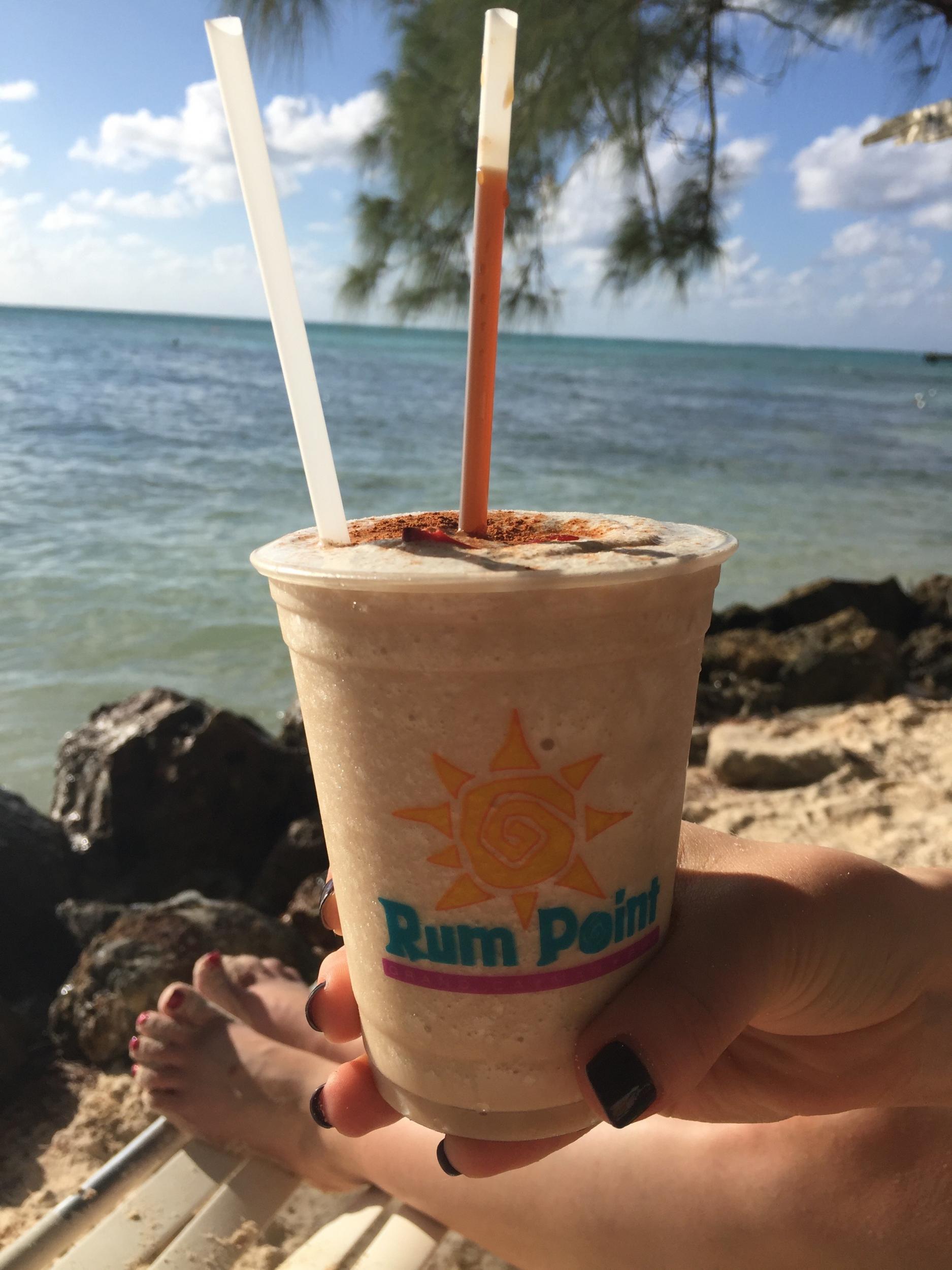
Claustrophobia is another issue for inhabitants of any small town, or in this case, small island. When it’s impossible to pop out for groceries without bumping into at least one acquaintance, you might start grumbling about “craving anonymity” like some kind of disillusioned celebrity. Also, this makes it very hard to pull a sickie.
When you’re feeling the island fever, there’s no such thing as a budget airline escape, either: you’re looking at £250 minimum for a one-hour flight to Havana or Kingston.
Money matters
Eyebrows often raised when I told people where I was living, their impressions of the Cayman Islands formed by Paradise Papers coverage and the 2016 BBC documentary Britain’s Trillion Pound Island. However, I found this reflected my day-to-day experience there about as much as Made in Chelsea reflects your average Londoner’s life.
I don’t have the space or expertise to go into Cayman’s financial policies here (besides, this is the Travel section), but working as editor of a local food magazine, the closest I personally got to any millionaires was using my press pass to wangle entry to a swanky wine tasting at the Ritz-Carlton.
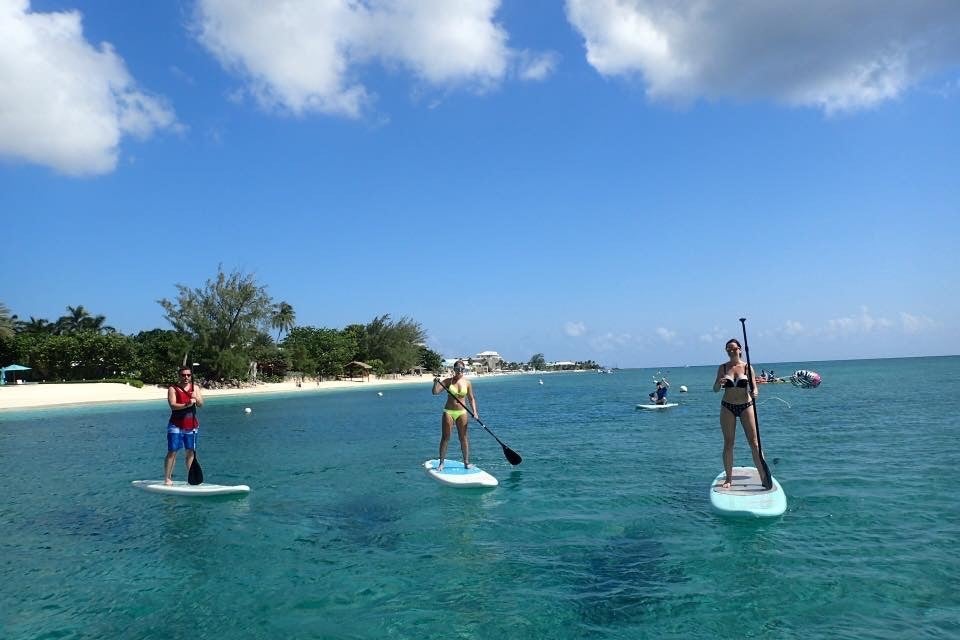
Our friendship circle was made up of mid-level accountants and solicitors, along with teachers, bartenders, hairdressers and nurses – all using their tax-free salaries to save up for “normal” stuff, like a house deposit, flights home for friends’ weddings and family Christmases, or paying off student loans.
Flashy cars stick out like a sore thumb on Cayman’s streets, most people opting for bashed-up Jeeps. Even that luxurious-sounding private boat charter costs a surprisingly affordable $35 per head, if you round up a big group.
Homeward bound
But just like university, three years is about the typical amount of time expats spend “on the rock”. After that, you’ve either had your fun and crave a change of scene or are thoroughly converted to island life and can apply for permanent residency after eight years. I landed in the former camp.
Maybe it’s some legacy of English puritanism that means I feel sunshine and frivolity must be tempered with a bit of grime and cold. I eventually found myself longing for cobbled streets, autumnal foliage and street food markets, the way most Brits hanker after a beach break. I guess the sea is always bluer on the other side.
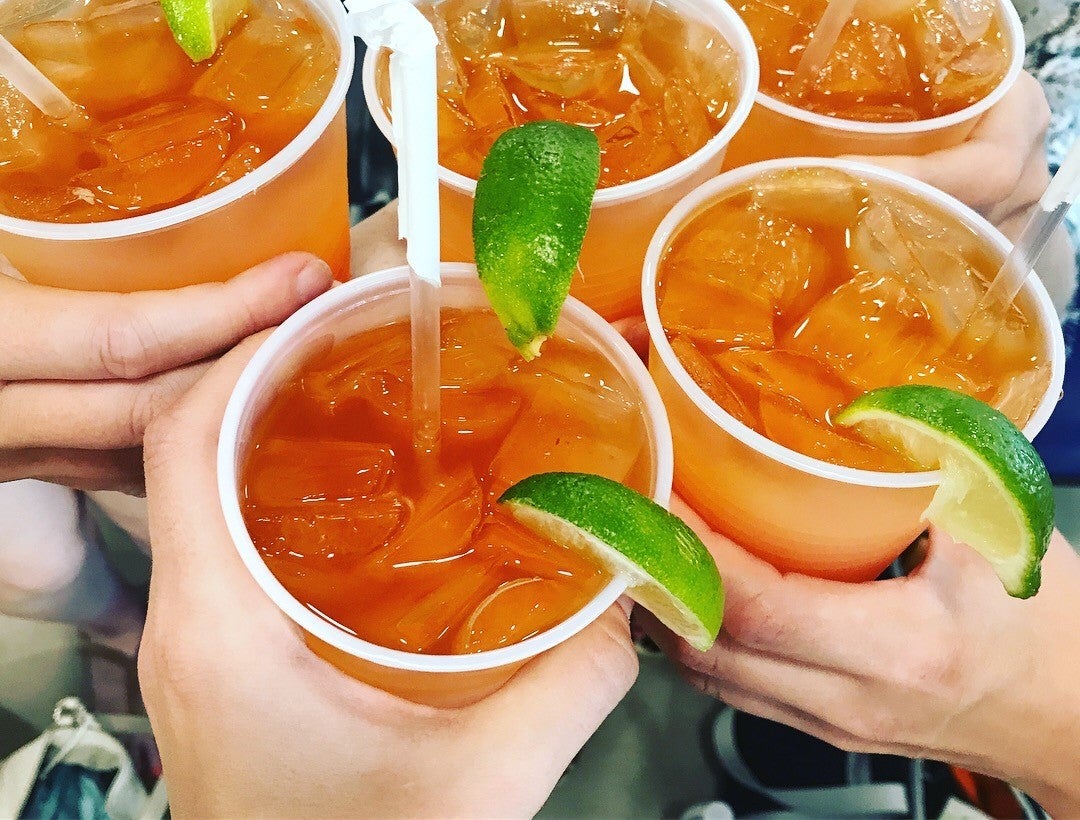
At a time when most people back home were settling down, moving to the suburbs and generally getting more stuck in their ways, I’d been thrust into forging new friendships and starting over. Arguably it makes for a steelier, more open-minded self.
It prompts you to assess what vital ingredients you need in the place you settle in; what it takes to call somewhere “home”. This, in the long run, is one of the most valuable things about the expat experience. Not forgetting the great photos, lifelong friends and a killer tan, of course.
As they’d say in Caymanian dialect: “every hallelujah got amen” – every good thing comes to an end.
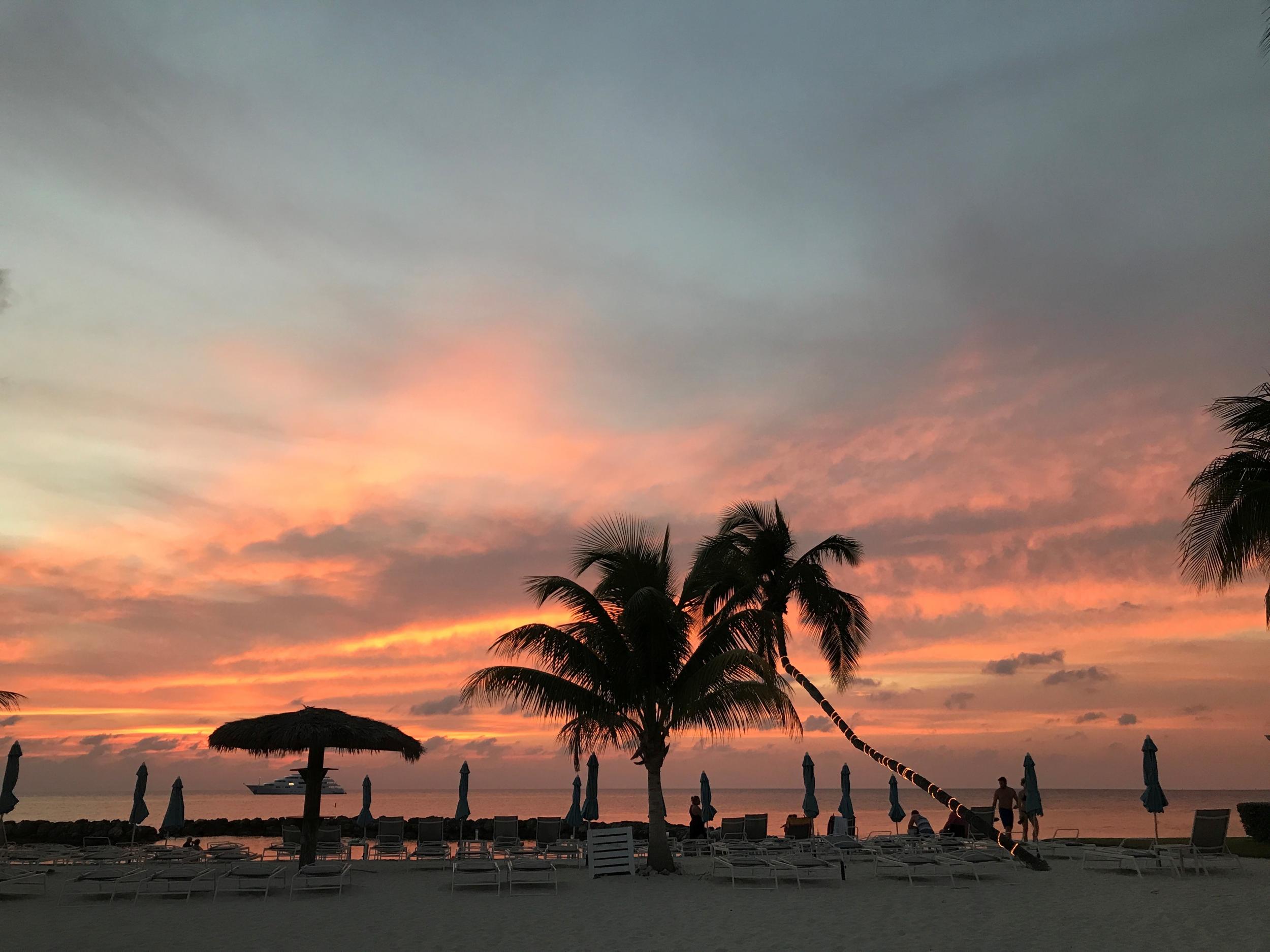
Five things to do in the Cayman Islands
Set sail
Hop on a boat trip to Stingray City. In the waist-deep crystalline waters of North Sound’s sandbar you can touch and feed dozens of rays, some with wingspans over a metre wide. Continue onto nearby Starfish Point where red cushion sea stars are easy to spot in the shallows. Captain Marvin’s operates daily excursions.
Eat up
Sample the island’s budding farm-to-table scene at Cayman Cabana. Every Thursday, this seafront restaurant hosts an al fresco supper club, where bountiful sharing plates celebrate locally grown veggies and fresh-off-the-boat fish. Reservations essential.
Explore after-hours
Experience marine life by night. The shallow waters around Rum Point are aglitter with bioluminescence – the light emitted by tiny aquatic organisms – and Cayman Sea Elements will take you for a nighttime dip to get really immersed in the phenomenon. The coral reefs also transform after dark, as revealed on the mind-blowing nocturnal snorkelling trips run by The Ritz-Carlton’s Ambassadors of the Environment.
Bottomless brunch
This Sunday ritual sees restaurants around Cayman lay on an all-you-can-eat buffet washed down with endless amounts of bubbly. Luca is a longstanding favourite thanks to its oceanview terrace seating and excellent seafood, but Anchor & Den threatens to steal the brunch crown with its craft cocktail offerings and range of global cuisine.
Head east
Take an East End road trip. Seven Mile Beach is spectacular, but don’t miss out on the less developed side of the island, where jerk chicken shacks and pastel-coloured cottages are scattered along the craggy Ironshore coast. Essential stop-offs include snorkelling with turtles at Spotts Beach and visiting the endangered blue iguanas at Queen Elizabeth II Botanic Park. Explore the Crystal Caves and finish up with a mudslide cocktail at Kaibo beach bar.
Travel essentials
Getting there
British Airways flies direct from London Heathrow to Grand Cayman from £499 return. Alternatively, you can fly via Miami with American Airlines, or via Toronto with Air Canada.
Staying there
Opened in early 2018, Margaritaville Beach Resort brings a (slightly) more affordable accommodation option to Cayman’s hotel scene. It has two free-form pools plus a swim-up bar and sheltered sandy beach just around the corner from Seven Mile Beach. Double rooms from £241 per room per night.
Join our commenting forum
Join thought-provoking conversations, follow other Independent readers and see their replies
Comments